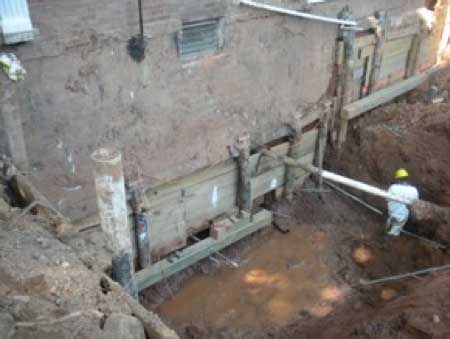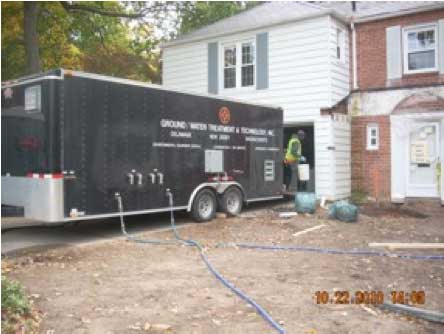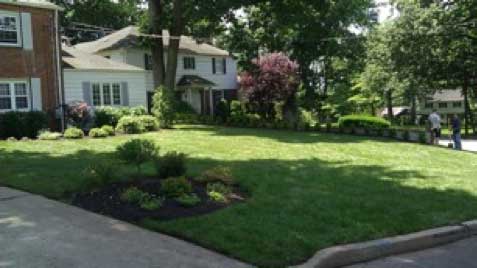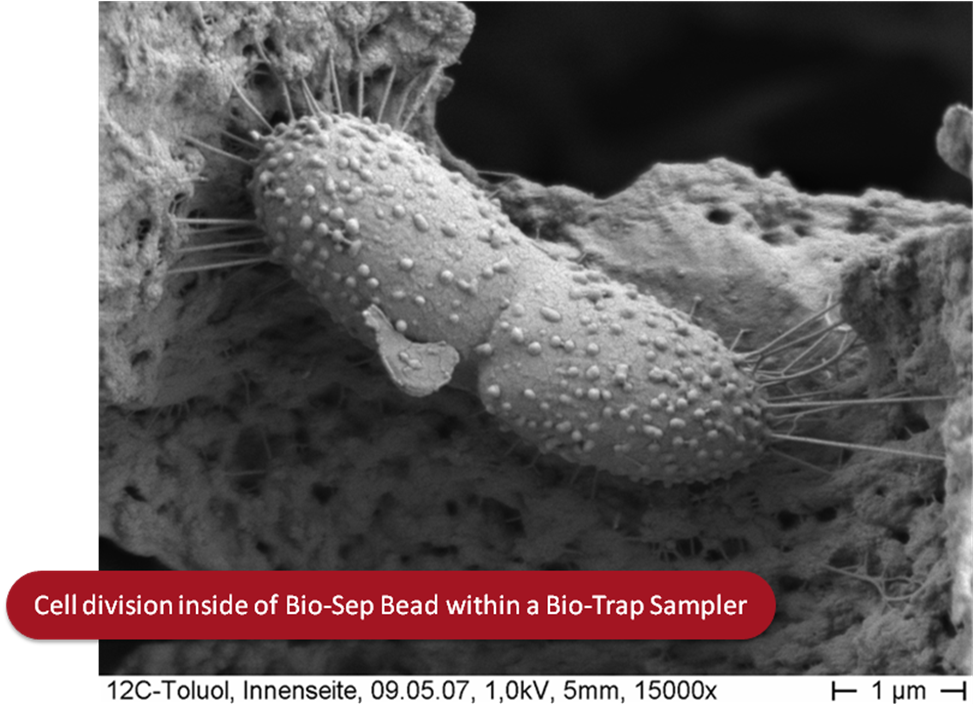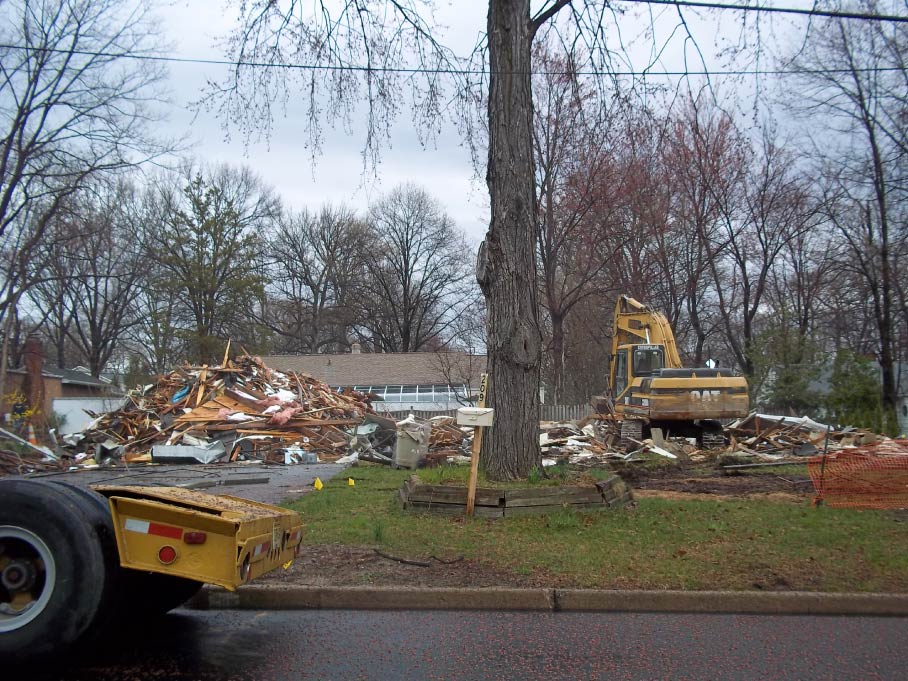Site Investigation and Remediation
E&LP provides a wide range of remediation alternatives in order to create custom, site specific remedial actions to achieve our client’s goal. Our staff performs detailed site investigations to evaluate the most appropriate remedial action for site closure. In addition to soil and groundwater investigations, E&LP has performed a myriad of vapor intrusion studies throughout New Jersey, which have included both in-door air sampling and sub-surface vapor collection systems.
E&LP has designed and implemented numerous site remediation efforts that have resulted in site closure through the excavation of impacted material as well as through the use of bio-remediation and/or chemical oxidation. Often, the most cost effective means is a combination of physical removal, coupled with either bio-remediation or chemical oxidation, especially when significant structural or other site constraints are present.
For sites where an exposure pathway has been established, from contaminated subsurface to vapor impacts within structures, E&LP has designed and installed retrofitted systems to mitigate the vapor migration into the existing building. E&LP has also designed vapor mitigation systems consisting of a sub-surface vapor barrier and ventilation systems for large, retail outlets constructed over contaminated soils.
We recently completed a project where soil excavation was used on the exterior soils of a residence to address fuel oil contamination. In order to avoid significant additional costs to excavate below the basement structure, including basement restoration, horizontal piping was installed to treat the soils beneath the house with chemical oxidation.
Case Study: Teaneck Residence
Site Location and Description
Teaneck Residence, a release from a No. 2 fuel oil storage tank resulted in contamination both in front and beneath a residential structure. Prior consultants proposed structural shoring and demolition of the front basement wall and floor to address the soils beneath the structure. The demolition based proposal would result in a long term displacement of an elder couple in their 90s; therefore an alternative remedial approach was sought.
Key Project Elements
Based on the project constraints, E&LP developed and implemented an alternative approach which allowed for the residences to stay in their residence. In addition, by using a “treatment train” remedial strategy, the actual costs of remediation were less than the proposed demolition approach. The treatment train consisted of a combination of technologies to allow for rapid remediation of the subject property with minimal disruption to its occupants.
The first phase of remediation consisted of what we refer to as removing the “low hanging fruit” that is, removing the most contaminated and readily accessible soils that were beneath the former location of the tank. Given the depth of the impact, which extended below the foundation, structural mini-piles and wood lagging was used to preserve the structural integrity of the building.
As shown to the left, horizontal pipes were driven through the wood lagging and below the foundation to provide distribution of a persulfate-based, chemical oxidation injection to remediate the soils underlying the house.
Based on the combined efficiency of soil removal coupled with chemical oxidation of the more difficult to access contaminated soils, post remediation soil sample results confirmed remediation to NJDEP remediation standards.
